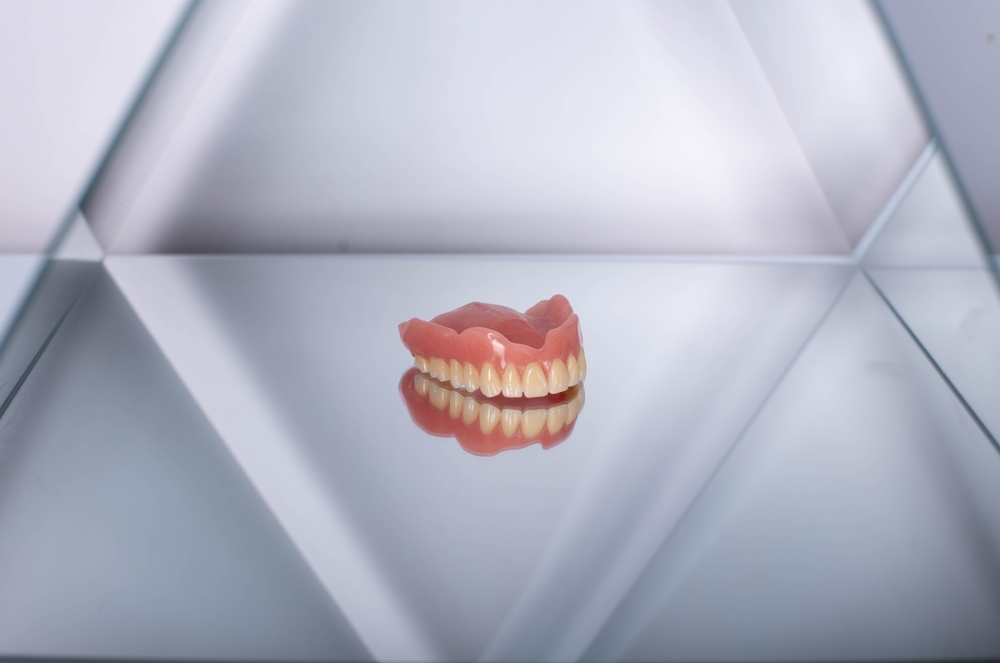
Dental Acrylics: Understanding Their Applications
Dental acrylics play a vital role in modern dentistry, offering versatility and reliability in various dental applications. From dentures to temporary crowns, dental acrylics have

Dental acrylics play a vital role in modern dentistry, offering versatility and reliability in various dental applications. From dentures to temporary crowns, dental acrylics have
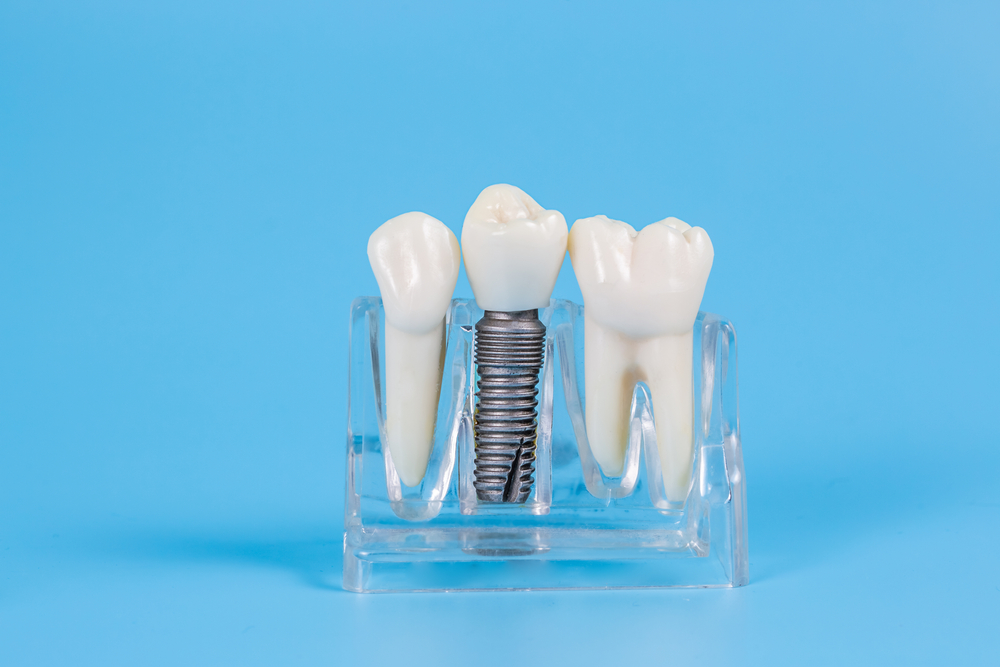
In the realm of dental restorations, the importance of achieving a perfect finish cannot be overstated. High-quality polishing materials are pivotal in ensuring that dental

Implant-supported overdentures have revolutionized the field of prosthetic dentistry, offering patients a stable and comfortable alternative to traditional dentures. These overdentures are anchored by dental

Dental implants have revolutionized modern dentistry, providing a reliable solution for tooth replacement. Among the various materials used for dental implants, titanium stands out as

Implant dentistry has seen remarkable advancements over the years, with digital radiography emerging as a pivotal technology. This modern approach to imaging offers numerous benefits,

Dental veneers have become a popular option for achieving a stunning smile. These thin shells, designed to cover the front surface of teeth, can dramatically
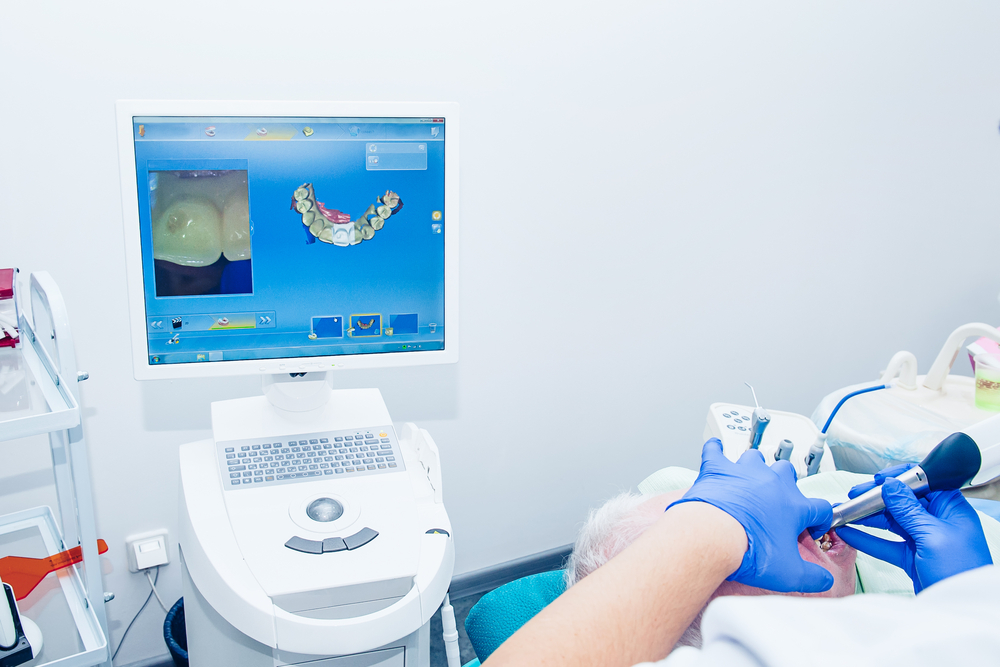
In recent years, the field of dentistry has witnessed remarkable advancements, particularly with the integration of CAD/CAM (Computer-Aided Design/Computer-Aided Manufacturing) technology. This innovative technology has

Sleep apnea is a prevalent and serious sleep disorder that can significantly impact overall health and quality of life. Characterized by repeated interruptions in breathing
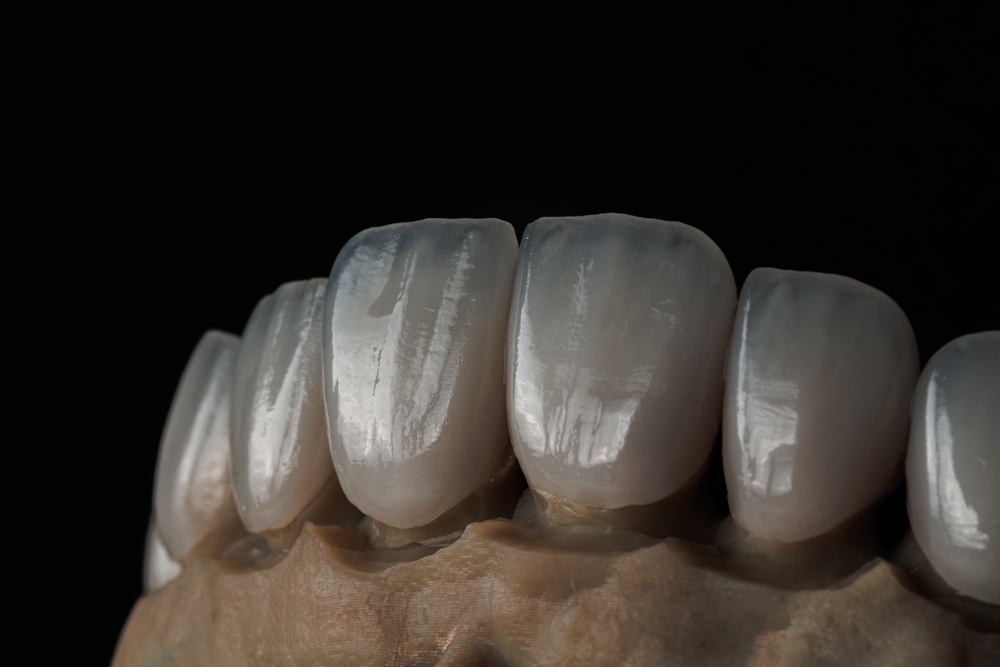
In the ever-evolving field of aesthetic dentistry, the demand for restorations that combine strength, longevity, and superior esthetics is continually increasing. One material that has
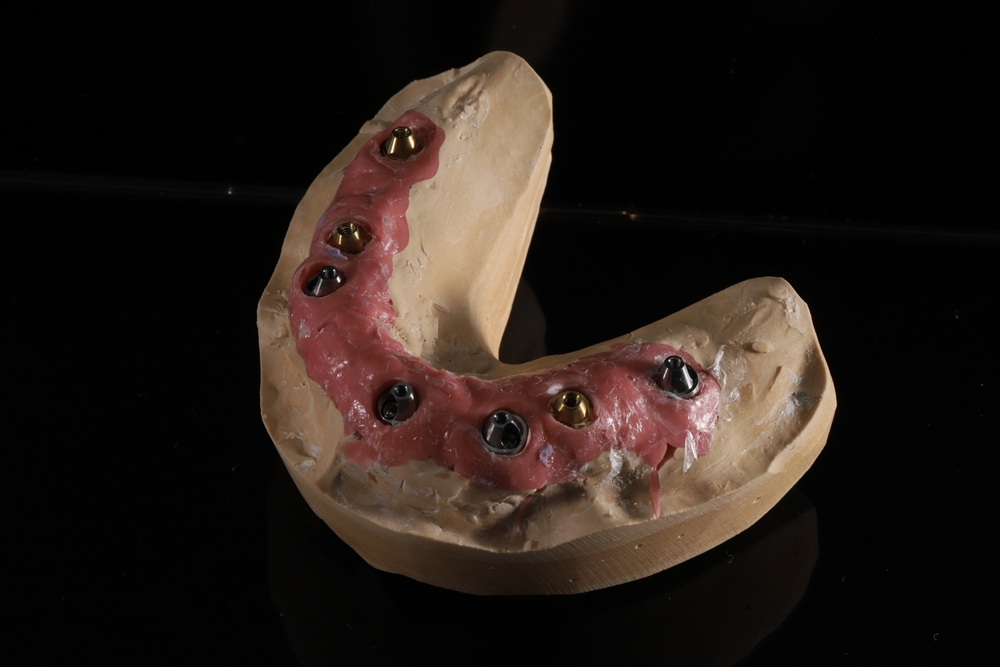
Implant analogues are essential components in dental implantology, playing a crucial role in the accurate fabrication of restorations. For dental professionals and lab technicians, understanding